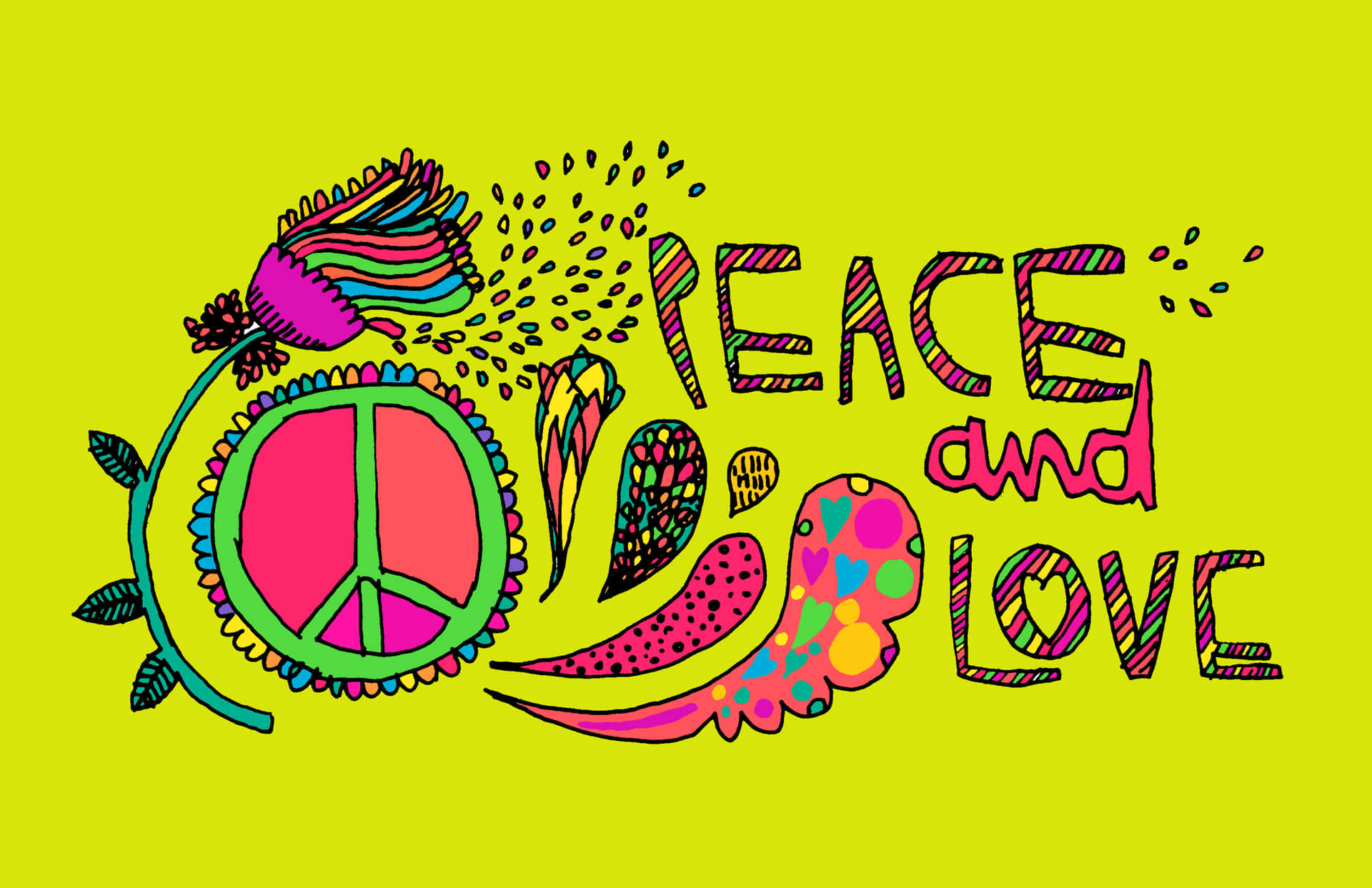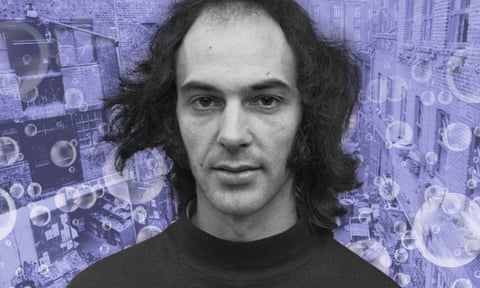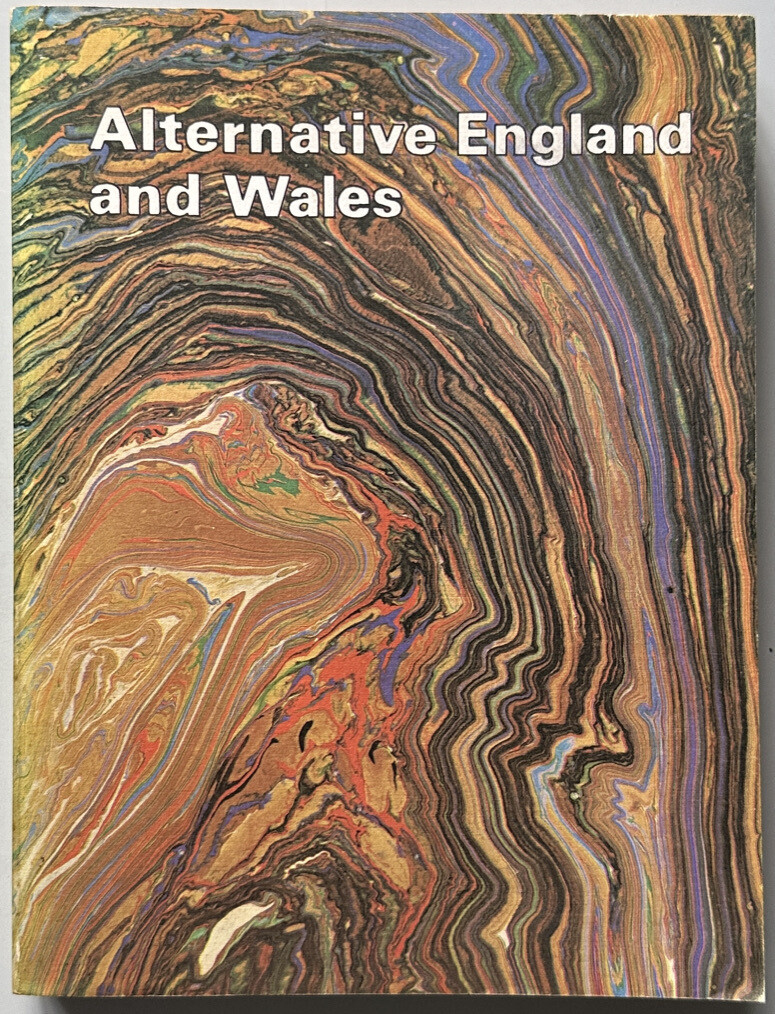A Journey Back in Time
The World Needs More Hippies
They have Won the Battle of Ideas, Vision and Values
From mindfulness, meditation, yoga, music festivals to biodiversity, solar panels, environmentalism, recycling, eco-building and construction, using natural, non-toxic materials, incorporating natural light, plants and shapes, connecting with mother nature and the entire web of life, racial and gender equality, minimalism and simplicity, sustainability, organic farming, veganism, anti-war movement,..., the slow march of progress has revealed an inarguable truth: Hippie values have won.

Photo via Wallpapers
In this Blog, I wish to introduce you to a hippie, an activist and campaigner, a visionary, a values-led capitalist, a guru, who took action in the interest of the common good, a man who changed London and the UK, and in the process had a major impact on the world, on how we live, eat, consume, produce and enjoy this journey we call life. His name was Nicholas Saunders (1938-1998), ’a counterculture pioneer with an endless stream of quixotic schemes and a yearning to spread knowledge – but his true legacy is a total remaking of the way Britain eats…
‘Yet Saunders himself remains relatively unknown. When he died in 1998, he received few obituaries, and since then his fame has receded further. Even now, it’s hard to pin down exactly who Saunders was, not least because he was so many things at once: a hippy, a capitalist, a pioneer, a property developer, a drugs advocate, a social inventor, a greengrocer, a visionary.’- More on these later.
By Now Surely We all Know that the Hippies Were Right After All
How Hippies Made the World Better…Their Legacy Still Looms Large

The World in Chaos and Despair: This is Why We Need a New Economic Consciousness Inspired by the Examples of the 1960s and 70s Hippies
‘Hippies stood for the key values that are currently part of our popular cultural conversation. Do you live from a place of gratitude, with music and art an important part of your life? You are a hippie. Do you see how being part of a community and of service to others, is fulfilling why we all are here? You are a hippie.
‘Do you meditate, do yoga and continue to do inner transformational work? You are a hippie. Are you a seeker, exploring spirituality and contributing to being a CO-creator for a conscious planet? You are a hippie. Maybe you value organic living and sustainability and are compassionate, showing reverence for all living creatures. You are a hippie. This is my kind of hippie and why I believe that at the core of who we are as human beings—we are all hippies.’- Beverley Golden, author of Confessions of a Middle-Aged Hippie
‘We often question our lifestyle to find answers related to who we are and what is the meaning of our short presence in this world. Sometimes society provides for us, someone tells us since birth what to eat, what to do, where to go, and so on. Other times, some of us try to find answers differently. In the tumultuous history of the United States, there was a time when people inspired people. They looked at their forerunners and did not like what they saw. From private to public life, social constraints diminished the joy of living. One famous generation born just after WWII dared to stand aside and defy society. These are the exhilarating and transforming years dominated by the hippie movement.’-Hippies – A Generation to Remember
Hippies, their values, beliefs, ways and means
This Blog mainly focuses on the positive and constructive impact of two groups of hippies on the larger society and further on their contribution to build a better world and happier lives. As it has been noted there were four types of hippies with different values, philosophies and emphases: ‘the visionaries, the freaks and heads, the midnight hippies, and the plastic hippies.
‘The visionaries are utopians who pose an alternative to existing society. They repudiate conventional values on the grounds that they induce status anxiety and a fetish for material acquisition…’Freaks and heads are the more drug-oriented hippies. They surround the use of drugs with an elaborate mythology suggesting a variety of benefits to be derived from "going out of one's mind." Midnight hippies are older people, mostly in their thirties, who, having become integrated into straight society, cannot adopt the hippie style of life, but, who are, nevertheless, sympathetic to it. They articulate and rationalize the hippie perspective to the straight world. Plastic hippies are young people who wear the paraphernalia of hippies (baubles, bangles, and beads) as a kind of costume.’
All said and done, in the interest of hippie simplicity and truthfulness, my main interest is to focous on the following two groups who also I believe fit better with the kind of hippie that I think I wanted to be and to become, namely: The Visionaries and The Midnighters.
All in all, for the clarity of thought and reflection, it is important to note the following:
Hippies, by and large, came to be known for their alternative lifestyles, (which I definitely did not do), and maybe this is why so much of the hippie legacy has to do with lifestyle choices. The “sex, drugs and rock & roll” stigma. I now know that my kind of “hippieism” is less about hippie in a lifestyle sense, and more about hippie at a core value sense’ and this is where the focus of this posting rests.
Journey to Healing: Let Me Know What is Essential
Having noted the above, now please for a moment stop and think and reward yourselves with inspiration, hope and positivity that indeed, it is possible to build a better world, if we are led by the people of goodwill who inspire us to think good, say good and act good.
Ravages of neoliberalism and the greedy, soulless, heartless, bonus-driven fat cats can be healed and a better, fairer and more sustainable world can once again be built if only we look back at the inspiring hippies of the 1960s and 70s.
Nota bene
The Younger generation may not know much or indeed anything about the hippies. So, perhaps as a former, yesteryear hippy, I can try to enlighten them. I so much wanted to be a hippy, act and live as one in the 1960s and 70s. It was difficult, given my cultural, societal and familial upbringing and limitations. But, believe me, I did my best to be one and I am sure what I do today and my philosophy of life is hugely influenced by my ‘hippieism' of those decades ago.
Hopefully, some of today’s youth will go on and become the modern-day hippies and finish the mission that was started in the 1960s and complete the task of building a better world. Amen.
So, to cut the long story short let me answer the following question: What have the Hippies Done for Us and What Can We Learn from Their Example?
How Hippies Made the World Better and It Impacts Your Life Today…Their Legacy Still Looms Large
The hippie movement showed that large-scale social change is possible when people come together and stand up for their beliefs. Against all odds, by speaking truth to power, they ended the war in Vietnam!
The hippie movement may have only lasted a few years, but its impact is still being felt today. The peace movement, environmentalism and ecological awareness, mysticism and spirituality, equity and equality, sustainability, anti-consumerism and materialism, civil rights, racial and gender equality, respect for others and interculturalism,..., are all still influenced by the hippies.
Discover the Generation that Changed the World: The Summer of Love: How Hippies Changed the World
The hippies and the music that changed the world
Scott McKenzie - San Francisco (Be Sure To Wear Flowers In Your Hair)
Tune in to these too:
Strawberry Fields Forever, The Beatles, 1967
Hazey Jane ll, Nick Drake, 1971
See Emily Play, The Pink Floyd, 1967
Mad Hatter's Song, The Incredible String Band, 1967
Go By Brooks, Sweeney's Men, 1969
Purple Haze, The Jimi Hendrix Experience, 1967
Easy Rider, Dennis Hopper, 1969
Woodstock, Michael Wadleigh, 1970
How a Hippie with his Hippie Consciousness Changed London for Ever
Nicholas Saunders (1938-1998)

Photo credit, the Guardian
‘If you were a young person living in London in the early 1970s and you were looking for a bargain, the word of Nicholas Saunders was something close to holy scripture. Whatever you sought, Saunders had the answer. If you wanted to start an anarchist squat or self-publish a Trotskyist pamphlet, you consulted Nicholas Saunders. If you wanted to know how much a gram of cocaine should cost, or where to get free legal advice if you were arrested, you consulted Nicholas Saunders. If you just wanted to find out how to unblock a drain without calling a plumber, which supermarkets were cheaper for which goods, or how to fly all the way to India on a ticket to Frankfurt, you consulted Nicholas Saunders.
A tall young man with a wild beard that gave him the look of a shaman, Saunders was obsessed with documenting how the new global counterculture was changing the ancient city around him. In 1970, at the age of 32, he self-published his findings in a slim but dense guidebook called Alternative London. The book was testament to Saunders’ belief that information should be made available to all, and that this information should be rigorously tested. For the section on abortions, Saunders had a friend phone up each provider in the city, in the process uncovering a London-wide scam of clinics that marketed themselves as “cheap” but in reality were charging over double the non-profit rate. By 1974, Alternative London and its subsequent revised editions had sold close to 200,000 copies and become an underground bible.
Like many people who grow up around wealth, Saunders was attuned to how money flowed, and he loved circumventing official systems in order to find bargains for himself. “He didn’t want to spend any more money than he had to,” Anja Saunders, his partner during his final years, told me. “He was always looking to make something efficient.” In 1974, using £7,000 he had inherited from his recently deceased great aunt, he bought a former banana warehouse overlooking a triangular shard of courtyard in Covent Garden, which was going cheap owing to the looming redevelopment of its wholesale fruit and vegetable market. Two years later, Saunders started selling dry foods from the warehouse, enabling the type of people who had read Alternative London to stock up on rice, nuts and muesli for their communes. It was a success, and with the profits, Saunders added a bakery, a mill and a coffee roastery, all of which shared the same courtyard.
By the autumn of 1977, the coffee house was thriving and Saunders needed new premises. Anita Le Roy, a customer at the warehouse, recalls Saunders coming to the furniture shop where she worked with a proposition: “Want to start a business?” At 28, she knew nothing about coffee sourcing and less about business, but she was exacting about taste. She agreed – on the condition that she choose the coffee. In 1978, Saunders found a property nearby that could fit a roaster in the basement. He and Le Roy filled out the interior with wooden cubicles that looked like confessional booths, in imitation of the old Jacobean London coffee houses. They named the business after the street it was on: Monmouth Coffee…’- Continue to read
Nicholas Saunders in his Own Words

Alternative London by Nicholas Saunders

See more HERE
Alternative England and Wales by Nicholas Saunders

See more HERE
Nicholas Saunders Remembered
